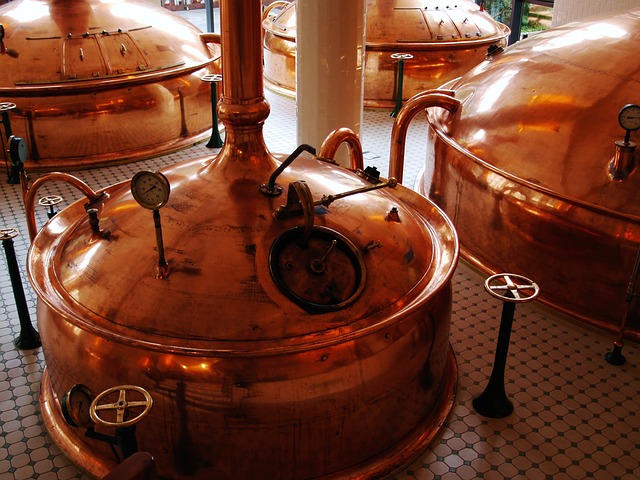If you work in the manufacturing industry, chances are you’ve had to select a pump at some point. But with so many different types of pumps on the market, it can be difficult to know which one is right for your application. In this blog post, we’ll give you some tips on how to choose the right pump for your needs.
Define what kind of pump you need – submersible, centrifugal, or diaphragm
Choosing the right pump for your job can be difficult due to the number of different models available on the market. Submersible pumps are designed to be used underwater and are often found in water tanks or swimming pools. Centrifugal pumps contain impellers that spin at very high speeds to create high pressure and flow rate, making them ideal for applications such as irrigation and firefighting systems. Diaphragm pumps do not require a motor to work, as they rely on an expanding and contracting rubber membrane to pull water from a source and push it into a desired location. The type of pumps and the hose connections you decide to use for your project should depend on the requirements of the task at hand – consider factors such as depth of water and flow rate before narrowing down your options.
Consider the specifications that are important to you such as flow rate, power, and size
When it comes to evaluating a product, there are several factors to consider. Obviously, quality and price should be top of the list, but other specifications such as flow rate, power, and size must also be taken into account. Depending on what the person is looking for, these characteristics could be very important in deciding the best option. For instance, if someone needs a water pump for their garden fountain, they will want to look at the flow rate and power to get something that works well with their setup. Meanwhile, those who have space limitations will need to check the size of the device relative to its output capacity. All in all, researching different products is essential in order to identify one that meets not only your budget requirements but also your desired specifications.
Decide on the material of the pump – cast iron, stainless steel, or plastic
Choosing the ideal material for a pump is no small task. Each option, including cast iron, stainless steel, or plastic, has its own set of pros and cons to consider. Cast iron is incredibly durable yet heavy and rust-prone, while stainless steel is more expensive but provides excellent corrosion resistance. Plastic offers cost efficiency but don’t provide the same longevity as other materials. Ultimately, choosing the best material largely comes down to cost versus performance requirements and environmental conditions of the pump’s installation.
Determine the price range you are willing to spend on a new pump
Setting a budget before you start shopping for a new pump is important in order to ensure that you get the best value for your money. Start by researching the different types of pumps available and their features in order to determine the models that are within your price range. Consider evaluating factors such as energy efficiency, capacity, and price, so that you can make an informed decision about which type of pump is the right fit for you. Keep in mind how much you are able to spend and prioritize what features are most important for your needs when it comes to choosing your new pump. Doing this will help narrow down your options and find the pump at a price within your range.
Compare different brands and models of pumps to find the perfect one for your needs
When looking for the perfect pump for your needs, it can be overwhelming to choose from all of the different brands and models that are available. It is important to compare pumps based on the features that each one offers and the customer ratings they have received in order to make an informed decision. Additionally, while doing research, reading reviews can help you understand better how the pump actually functions in real-life scenarios. This can often provide more valuable insights than simply relying on product specifications. Once you feel like you have a good understanding of the features of each pump, it is time to decide what works best for you and your budget.
Now that you know the different types of water pumps and what to look for when shopping for a new one, you’re ready to purchase the perfect model for your needs. Keep in mind the specifications that are important to you, such as flow rate and power, as well as the material of the pump – cast iron, stainless steel, or plastic. With so many options on the market, it’s important to compare different brands and models of pumps to find the best one within your budget. By following these simple steps, you can be sure to find a water pump that will meet all of your needs.

